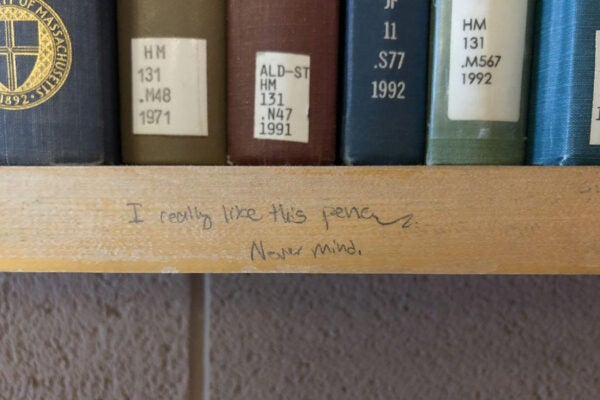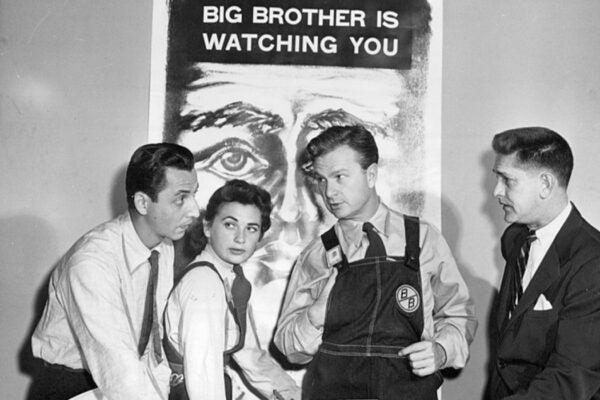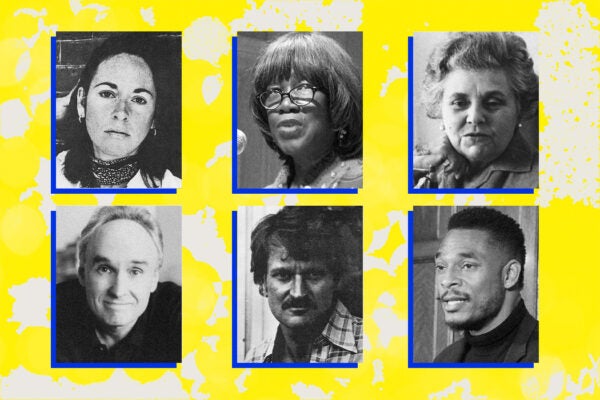We asked JSTOR Daily readers what books they remembered most from childhood. Here is one of them, plus related content you won’t find anywhere else.
Many readers remember fondly the quirky old Mrs. Piggle-Wiggle books, which take on a whole other dimension when read to one’s own children. Written by Betty MacDonald, based on bedtime stories she told her children, these books address some of the more frustrating misbehaviors to which children are prone. Mrs. Piggle-Wiggle herself, a whimsical cookie-scented creature with long hair she lets the children comb and an upside down house full of hidden treasure, comes up with cures for the misbehaviors. These cures range from the exaggerated (letting a bath-averse child get as dirty as she wants, and then planting radish seeds on her body-dirt) to the magical (pills, powders, and other substances from a pirate’s trunk). For all the fantastic details and funny moments, these books are essentially old-fashioned morality tales, as Eric A. Kimmel points out in “Toward a Theory of Children’s Literature.” Kimmel sorts these books into his “Didactic” category of children’s literature: “let’s not forget jolly Mrs. Piggle-Wiggle, who in her spare time helps parents set diabolical traps for children who misbehave.”
Even children who engage in some of the misbehaviors that troubled the parents in Mrs. Piggle-Wiggle tend to enjoy reading about her outlandish cures. What’s so appealing about being tricked into behaving? Perhaps something about those “diabolical traps” rings a bell (“No more screen time until…!”). At any rate, Mrs. Piggle-Wiggle has been revamped for modern audiences and a new book about her cures, updated with cell-phones, computers, and working mothers, has just joined the canon. Kids and nostalgic adults, meet Missy Piggle-Wiggle.







